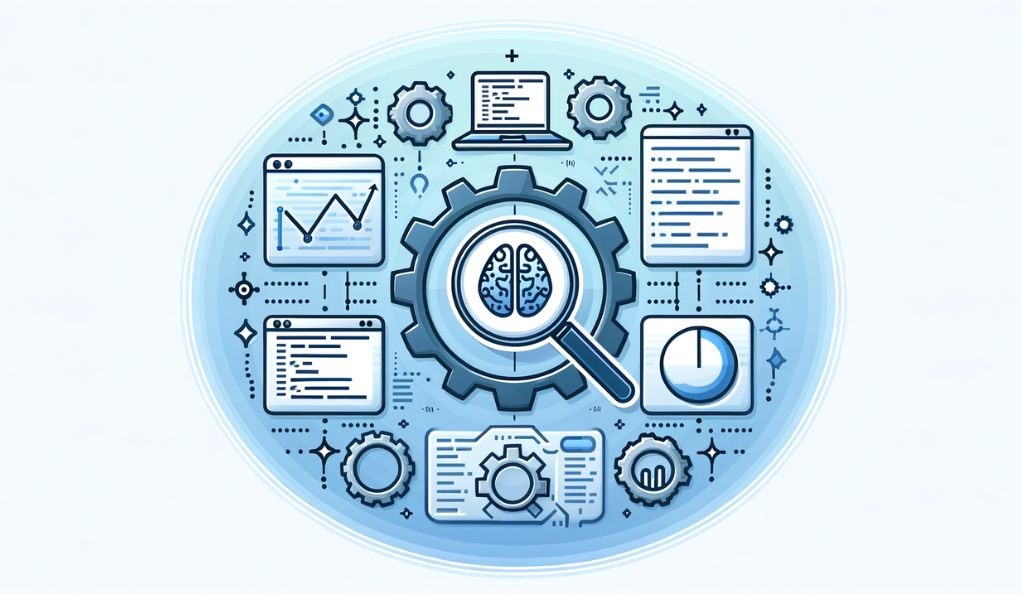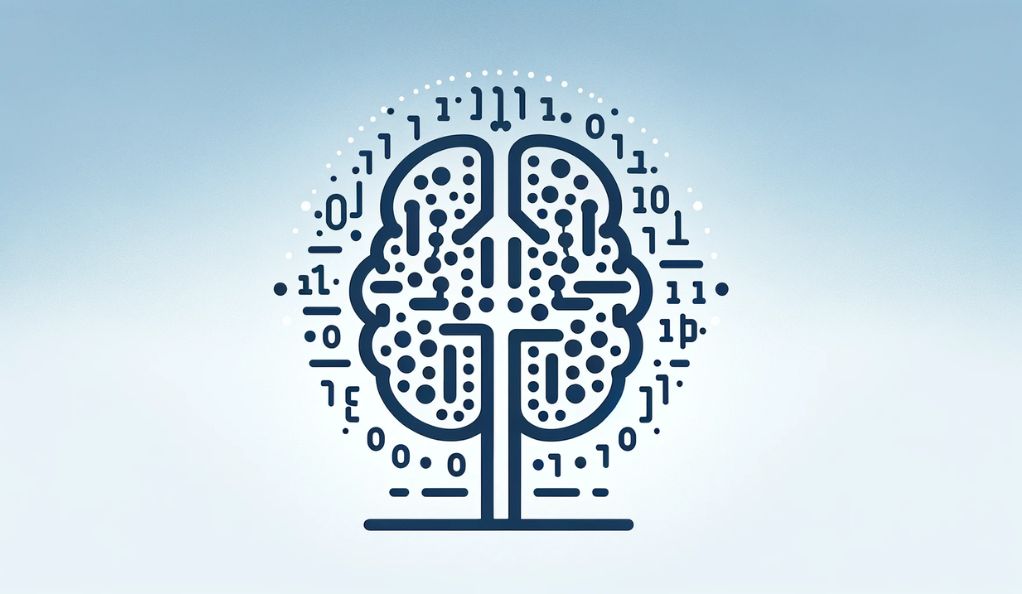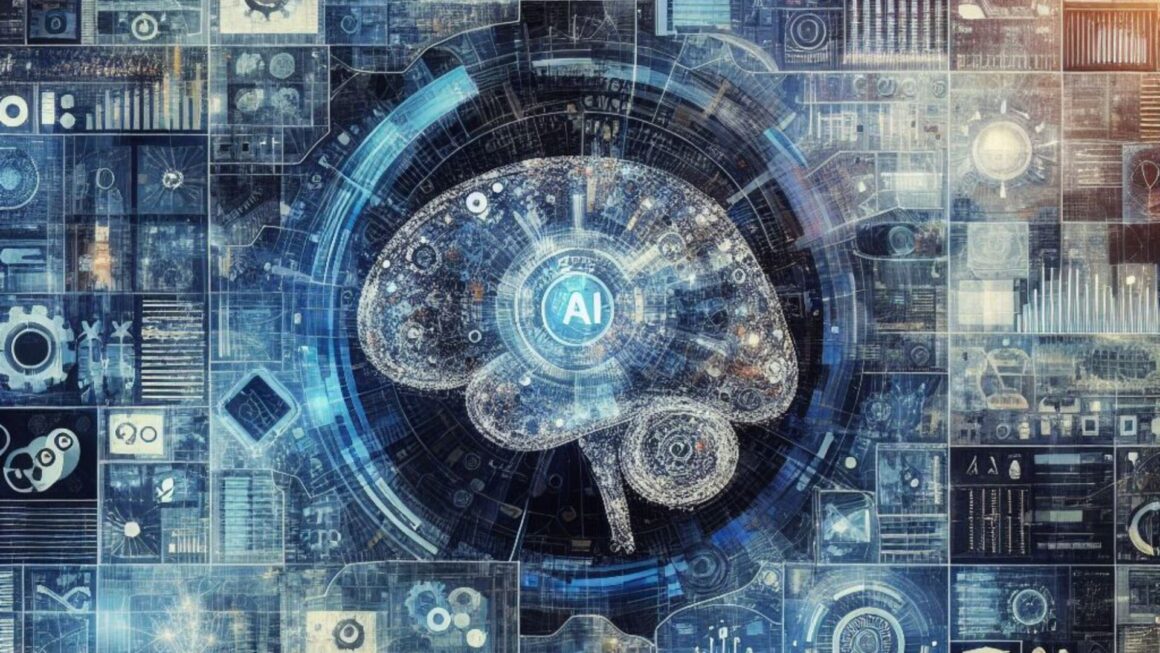The confluence of Artificial Intelligence (AI) with static code analysis heralds a new chapter in software development, characterized by enhanced precision and efficiency. AI’s integration into static code analysis tools has the transformative potential to revolutionize how developers approach code quality and security. This synergy enables the detection of subtle, complex issues that traditional methods may overlook, paving the way for proactive problem-solving and robust software creation.
Key Benefits of AI-Powered Static Code Analysis
- Enhanced Accuracy: AI can identify patterns and anomalies beyond the scope of rule-based systems.
- Learning Over Time: Unlike traditional tools, AI algorithms adapt and improve with continued use.
- Efficiency in Detection: AI can quickly analyze large codebases, saving time and resources.
Understanding Static Code Analysis: The Basics
At its core, static code analysis is a methodical process that scrutinizes source code in a non-runtime environment. Traditional static analysis tools serve as the vigilant sentinels of code quality, scanning through lines of code to detect potential errors, from simple syntax mishaps to complex structural vulnerabilities. This process is akin to an extensive pre-flight checklist for software, designed to ensure that the code adheres to quality standards and best practices before it is deployed.
The essential components of static code analysis encompass syntax checking, where the tool reviews code against the rigorous syntax rules of the programming language, and code metrics evaluation, which measures various aspects of the code’s complexity and maintainability. Security auditing is another vital element, involving the identification of known patterns that could lead to security breaches. Additionally, the overall quality of the code is assessed based on factors such as readability, styling, and adherence to predefined standards.

The Pillars of Traditional Static Analysis
Within the traditional paradigm, static code analysis rests on the pillars of meticulousness and consistency. It’s these very attributes that have established it as a non-negotiable aspect of code quality assurance. However, as we venture deeper into the intricacies of software development, we realize that the traditional approach to static code analysis is akin to a well-trodden path that must now pave the way for innovation. The infusion of AI promises to expand the horizons of what static analysis can achieve, elevating it from a rigid gatekeeper of quality to a dynamic guide towards excellence.
Why AI? The Limitations of Traditional Static Code Analysis
While the principles of traditional static code analysis are sound, the practice is not without its shortcomings. Traditional tools are often constrained by the rigidity of their rule-based systems, which can result in a lack of context-awareness and an inability to adapt to evolving coding practices without manual intervention. The outcome is a process that, while reliable for certain errors, remains blind to the nuances of more complex, abstract coding patterns. Moreover, the high incidence of false positives reported by these tools can lead to what is known as ‘alert fatigue,’ where developers become desensitized to warnings, potentially overlooking critical issues.
The integration of AI into static code analysis tools presents a compelling solution to these challenges. AI’s capability to understand context, learn from data, and recognize intricate patterns enables it to identify issues that traditional methods may miss. This is accomplished through sophisticated machine learning models that evolve with the codebase, improving their accuracy over time. AI’s dynamic approach to static code analysis not only enhances the precision of error detection but also paves the way for predictive analytics, where potential future errors are identified and mitigated before they manifest in the code.
Bridging the Gap with AI
The limitations of traditional static code analysis highlight a gap between what is and what could be—a gap that AI is uniquely positioned to bridge. By integrating AI, the static analysis transforms into a process that not only identifies problems but also understands them within the broader context of the codebase’s evolution. This enhanced perspective is crucial for modern software development, where the complexity of systems demands a more intelligent and adaptable approach to quality assurance.
Setting Up AI-Based Static Analysis Tools
The integration of AI-powered static analysis tools into a development workflow is not a plug-and-play affair. It requires thoughtful consideration to ensure that the tool aligns with the project’s objectives and provides meaningful insights. Here’s a step-by-step guide:

- Selection: Choose a tool that supports your programming language(s) and fits your project’s framework.
- Configuration: Tailor the tool’s settings to match your codebase’s complexity and your team’s workflow preferences.
- Training: If possible, train the tool using your historical code to improve its detection algorithms.
- Integration: Embed the tool into your CI/CD pipeline for continuous analysis with every commit or pull request.
- Monitoring: Regularly review the tool’s output to ensure it remains relevant and refine its configurations as your code evolves.
| Step | Action | Description |
|---|---|---|
| Selection | Choose an appropriate tool | Based on language and project needs |
| Configuration | Customize settings | Adjust severity levels and rules |
| Training | Train with historical data | Improve tool’s learning algorithms |
| Integration | Embed in CI/CD pipeline | Ensure continuous analysis |
| Monitoring | Review and refine | Keep tool relevant to code changes |
AI Algorithms at Work: Detecting Complex Code Patterns
The AI algorithms used in static code analysis are sophisticated and varied, designed to uncover not only syntactic errors but also deep-seated, non-obvious bugs and vulnerabilities. Here are some of the algorithm types employed:
- Machine Learning Models: These models learn from vast datasets to recognize patterns and anomalies in code.
- Neural Networks: Inspired by human brain functioning, they can predict outcomes based on the code’s structure.
- Natural Language Processing (NLP): NLP is used to understand comments and naming conventions in code for better context.
List of Algorithm Types and Functions
- Machine Learning Models
- Pattern recognition
- Anomaly detection
- Neural Networks
- Outcome prediction
- Code structure analysis
- Natural Language Processing
- Semantic analysis
- Context understanding
Real-World Applications: AI Static Analysis in Action
In practice, AI static code analysis has been a game-changer across various sectors. For instance:
- Financial Services: It ensures that code managing financial transactions is robust against fraud.
- Healthcare: AI tools help maintain HIPAA compliance by spotting code that could leak sensitive patient data.
| Problem | AI Static Analysis Solution | Outcome |
|---|---|---|
| Large, complex codebase | Implemented AI static analysis tool | Reduced bugs by 25% |
| Frequent security breaches | AI tool identified security vulnerabilities | Breach attempts reduced by 40% |
Automating and Streamlining the Analysis Process

Automation is key to AI static code analysis, offering continuous, real-time insights into code quality. This not only includes problem detection but also extends to solution suggestions and code fixes generation.
- Automated Reviews: AI tools review code in real-time within the developers’ environment.
- Predictive Analytics: Using historical data, AI predicts future issues and suggests improvements.
Challenges and Best Practices in AI Static Analysis Adoption
Adopting AI for static code analysis can be fraught with challenges such as complexity, data quality, and resistance to change. Here are best practices to ensure a smooth transition:
- Start Small: Begin with a pilot project to demonstrate value.
- Define Goals: Set clear objectives for what you hope to achieve with AI.
- Educate and Train: Provide resources for team members to learn about AI tools.
Best Practices Checklist
- Pilot project implementation
- Clear objectives and success metrics
- Training programs for developers
Future Directions: The Evolving Landscape of AI in Static Code Analysis
The potential of AI in static code analysis is vast. Future advancements may include:
- Code Optimization Suggestions: AI could suggest refactoring to improve performance.
- Cross-Technology Analysis: AI might analyze code in conjunction with blockchain or IoT devices for comprehensive security insights.
Predictions for AI Static Code Analysis
- AI will suggest not just fixes, but also code optimizations.
- Integration with emerging technologies will offer new layers of analysis.
Conclusion: The Impact of AI on Software Quality Assurance
In conclusion, the integration of AI into static code analysis epitomizes a significant leap forward for software quality assurance. With these advanced tools, the industry is witnessing a paradigm shift from manual, error-prone checks to automated, intelligent evaluations. Consequently, developers are empowered to enhance their code’s integrity with unprecedented accuracy. Furthermore, the AI’s inherent ability to learn and adapt is revolutionizing the field; it’s not just automating tasks but continuously refining them. This process ensures that the analysis tools evolve, providing ongoing value and adapting to new challenges in software development.
Subsequently, as we look to the horizon, the potential of AI in this domain is bound to expand. Future iterations of AI static code analysis tools will likely transcend today’s capabilities, offering not only immediate insights but also foresight into potential future complexities. Ultimately, this forward-thinking approach is set to reinforce the industry’s dedication to maintaining high standards of code quality, bolstering security, and streamlining development processes. It’s a commitment that promises to shape the trajectory of software engineering for years to come, underpinning the relentless pursuit of technological excellence.




